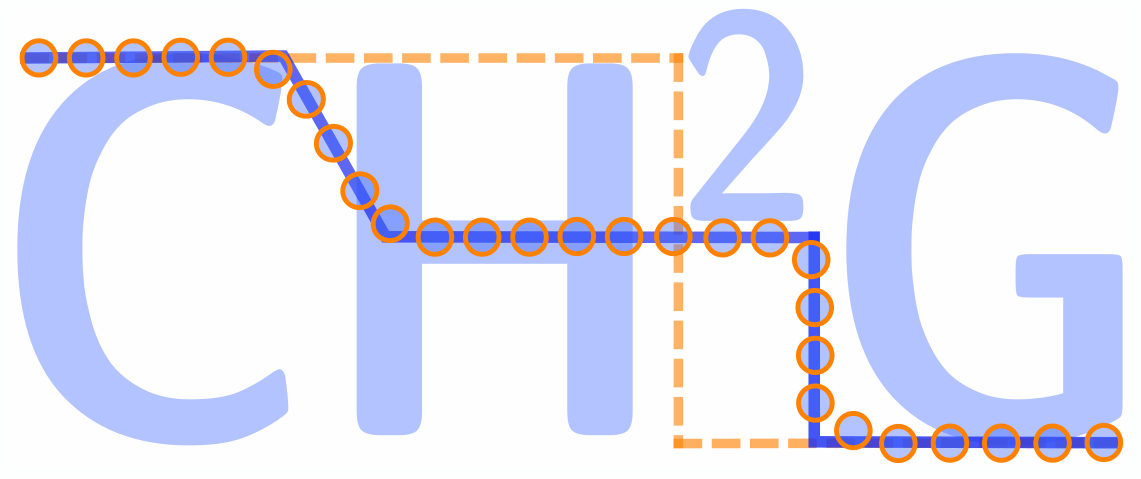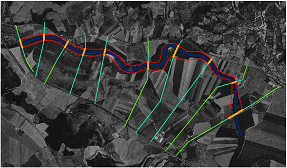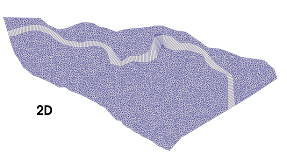Titulo: 1D and 2D numerical models coupling for a flood simulation in the Tiber river
Universidad de Zaragoza, Universita La Sapienza di Roma, 2007-2008.
Acciones Integradas España-Italia, Ministerio de Educación y Ciencia
Flood wave propagation along rivers is significantly influenced by the storage capacity of floodplains and river beds. In order to correctly reproduce the reduction of the peak discharge along the water course, the inundation of floodplains must be carefully simulated. In order to map the flood prone areas, it is common practice to apply 1D mathematical models to simulate the propagation of flood waves in long reaches. This schematization results acceptable if the width of the floodplain is comparable with the main channel width, but if the bottom valley is very wide, a simulation by means of a 2D mathematical model could be more appropriate. However, the application along the water course (30-40 km long) of a fully 2D model could result very burdensome since rarely digital elevation models (DEM) are available with sufficient detail to reproduce river bathymetry. In this case a coupled simulation of both 1D and 2D models seems useful. In this way, the propagation in the main channel will be simulated by means of a 1D model and the inundation of the riverside will be simulated by means of a 2D model. However, the two models can not be applied in cascade since the water depth in the floodplain influences the water exchanges between main channel and riverside. The aim of this research is to develop and apply to a case study a coupled simulation of both 1D and 2D model in order to simulate in a more correct way the storage capacity of the bottom valley, to compare the results obtained by means of a coupled simulation with those obtained by means of a fully 1D model and to identify the limits of application of 1D models.


